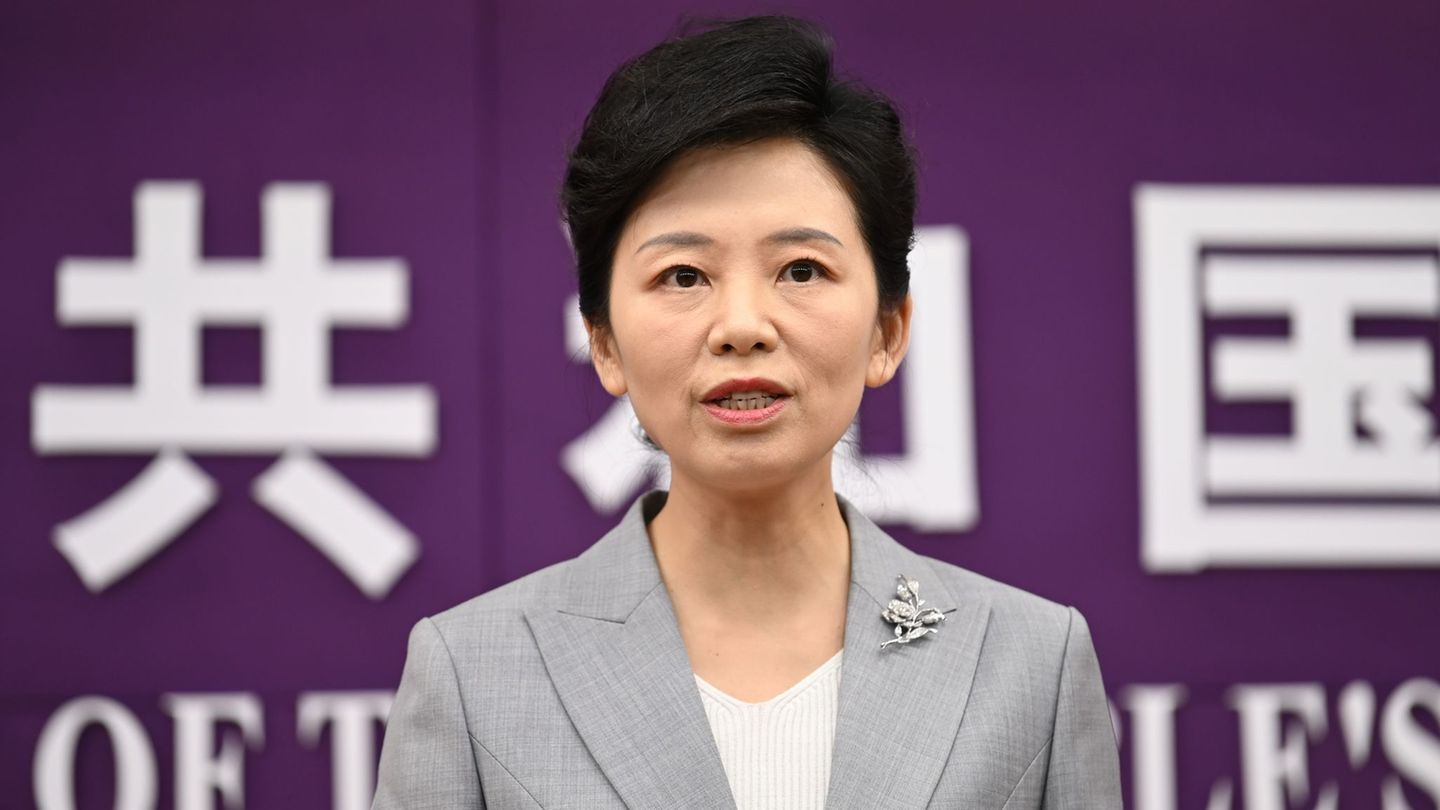There was great interest in this procedure. For the third time, the BGH has now dealt with additional pensions for employees and workers in the public sector.
Clarity for around 1.7 million people insured by the Federal and State Pension Fund (VBL): In a years-long legal dispute over additional pensions for employees and workers in the public sector, the Federal Court of Justice (BGH) has confirmed the most recent agreement between the collective bargaining parties.
For the third time on Wednesday, the highest civil judges in Karlsruhe dealt with transitional regulations and starting credits with which pension entitlements were transferred to a new system in 2002. They came to the conclusion that, like two earlier versions, these did not violate the general principle of equality in the Basic Law and rejected a plaintiff’s appeal in a fundamental decision. (Af. IV ZR 120/22)
BGH overturned the original regulations
The task of the VBL is to provide employees and workers of its participating employers with additional old-age, incapacity and survivors’ benefits through private insurance. In 2002, the VBL converted its system retroactively to December 31, 2001 from an overall pension system based on civil servants’ pensions to a contribution-oriented company pension system based on a points model.
At that time, the VBL classified insured people who were not yet 55 years old as “retirable” and thus treated them worse than older people. The BGH overturned the original regulations and made improvements.
The collective bargaining parties agreed on another improvement in 2017, which the VBL took over. Above all, when determining a so-called starting credit, a previous share rate of 2.25 percentage points was replaced by a variable share rate. According to the BGH, this amounts to 2.25 to 2.5 percentage points – depending on the compulsory insurance periods that the respective insured person can achieve by the age of 65.
Even afterwards, numerous insured people filed lawsuits against the VBL. In the specific case, the plaintiff had failed at both the regional court and the Karlsruhe Higher Regional Court and appealed against it.
Her representative criticized, among other things, an approximation method that was used in the calculation. Women and the severely disabled would be disadvantaged. In their view, an external expert should have examined the underlying VBL data.
Approximation method makes handling easier
VBL’s BGH lawyer rejected the criticism. The plaintiff in particular is favored by the approximation procedure, he said: While a pension of 1,300 euros was assumed when calculating the starting credit, she actually receives 1,700 euros.
The presiding judge of the fourth civil senate, Christoph Karczewski, explained that the approximation procedure makes it easier to deal with a highly complicated issue. “However, the hardships and injustices associated with this unequal treatment in individual cases must be accepted.” As long as a significantly high number of those affected are not significantly disadvantaged, that is fine. Because of the number of people affected, generalizations when converting such systems are also justifiable.
There are compensations for gaps in the working life, for example due to childcare. So women are not disadvantaged, said Karczewski. Unlike the previous regulation, people aged between 20 years and 7 months and 25 years could also receive the highest possible level of care. This means that employees with longer training periods are no longer disadvantaged.
According to a VBL spokesman, new hires from 2002 onwards are not affected by the decision. As a result of the previous judgments, there were additional payments, the spokesman also explained. “These went to people who are already retired.” Neither insured nor pension recipients were worse off.
Source: Stern
I have been working in the news industry for over 6 years, first as a reporter and now as an editor. I have covered politics extensively, and my work has appeared in major newspapers and online news outlets around the world. In addition to my writing, I also contribute regularly to 24 Hours World.




